Museo do Pobo Galego
Santiago de Compostela is a city that is shrouded in history, traditions and numerous legends. It is the capital of Galicia, the place where the pilgrimage was born and where the Camino de Santiago ends, so it is not surprising that there are so many tourist attractions that can not be overlooked. Everything we know today was built around the Cathedral, and among its streets you can discover monuments, buildings and very important destinations in the history of Santiago.
The Museo do Pobo Galego preserves forgotten traditions and customs
The Museo do Pobo Galego, or the Museum of the Galician People translated into Spanish, opened its galleries for the first time in 1976 in the convent of Santo Domingo de Bonaval, popularly considered the Gateway to the Camino. It is located on Costa de San Domingos street in Santiago de Compostela, and inside you can find both temporary exhibitions and other activities of cultural interest.
Originally, the Museo do Pobo Galego was set up as an organization exclusively dedicated to the service of the community. It is for this reason that the building is dedicated to safeguarding some typical traditions and customs that, unfortunately today, go unnoticed, forgotten and set aside from official history. It is a museum where the essence and the footsteps of an entire people are preserved.
The convent of Santo Domingo de Bonaval
The convent of Santo Domingo de Bonaval was built in the 13th century, and has elements of different architectural styles. In the 17th century it had extensions in the baroque style, and that was when it was included. one of the most iconic elements of the convent:the triple helicoidal staircase. In 1912 it was declared a National Monument.
The convent includes a church, built in the 14th century, in a Gothic style with Romanesque reminiscences. It has three naves and a main chapel with a ribbed vault. The church houses the Pantheon of Illustrious Galegos, where the remains of personalities such as Rosalía de Castro, Castelao, Ramón Cabanillas, Alfredo Brañas and Francisco Asorey rest, among others.< /p>
Content of the museum
The Board of Trustees of the Museum is made up of entities from all areas of Galician culture. Its permanent exhibition shows Galician ethnography through all sectors: the world of the sea, traditional trades, livestock and agriculture, clothing and musical instruments. It also has sections dedicated to archeology and various artistic disciplines, such as painting, architecture and sculpture.
It also has an extensive library and a specialized archive with more than 100,000 volumes, intended to support the Museum's own research and activities and the dissemination of the same. It also hosts temporary exhibitions and other cultural activities that expand the diffusion and dissemination of the Museum.
0°
27/07/2024
cielo despejado
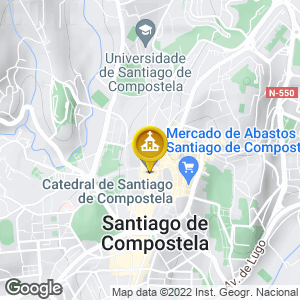
- Police981581611
- Local Police981542323
- Protección Civil981573162
Routes
Blog
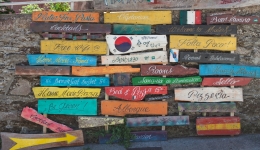 How to get to Sarria to do the Camino de Santiago
How to get to Sarria to do the Camino de Santiago
 Descubre la magia del Camino de Santiago Portugués por la costa
Descubre la magia del Camino de Santiago Portugués por la costa
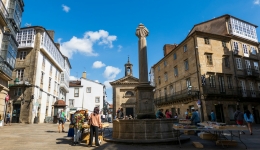 5 tours culturales que puedes hacer en Galicia si decides hacer un alto en el camino
5 tours culturales que puedes hacer en Galicia si decides hacer un alto en el camino
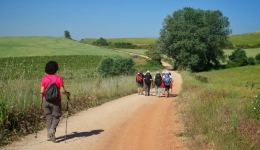 Doing the Camino de Santiago in June: What you should know?
Doing the Camino de Santiago in June: What you should know?
Information
Points of interest
Cities & Towns | Hostels | Lodgings | Restaurants | Saddlery | Doctors | Points of interest | Bikes workshop
Contact us | Privacy policy | Cookies policy | | Terms of use | Authorship | Web Map | Consentimiento
© Copyright LA VOZ DE GALICIA S.A. Polígono de Sabón, Arteixo, A CORUÑA (ESPAÑA) Inscrita en el Registro Mercantil de A Coruña en el Tomo 2438 del Archivo, Sección General, a los folios 91 y siguientes, hoja C-2141. CIF: A-15000649
Developed and managed byHyliacom
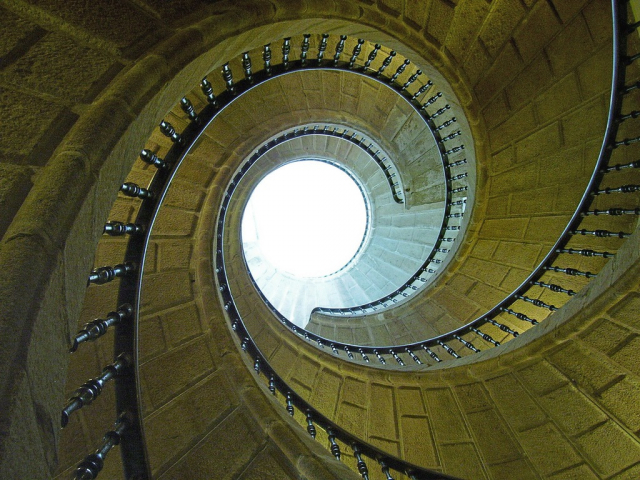
 Redacción
Redacción